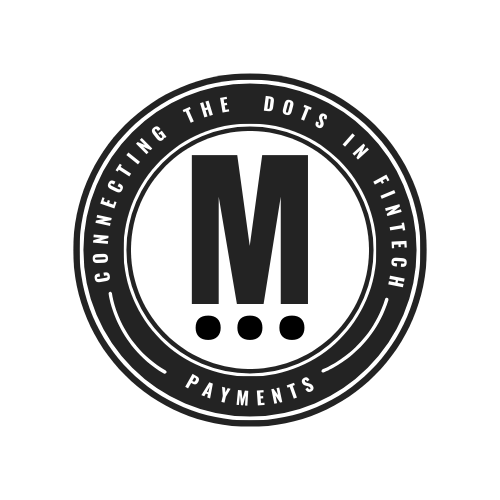Apple Launches Tap to Pay on iPhone in Germany

Hey Payments Fanatic!
Apple has launched Tap to Pay on iPhone in Germany, enabling millions of merchants to use their iPhones for seamless and secure contactless payment processing in-store.
Tap to Pay on iPhone makes it easy for businesses of all sizes to accept payments using contactless credit and debit cards, Apple Pay, and other digital wallets with just an iPhone and a supported iOS app from a payment partner—without the need for additional hardware or payment terminals.
Payment platforms and developers can integrate Tap to Pay on iPhone into their iOS apps, making it simple for merchants to activate this secure and convenient feature.
As of today, Adyen, Commerz Globalpay, myPOS, Nexi Group, SumUp, and Viva.com are the first payment platforms in Germany to offer Tap to Pay on iPhone.
Mollie, PAYONE, Revolut, the Sparkassen-Finanzgruppe, and Stripe will introduce Tap to Pay on iPhone later this year.
Enjoy more Payments industry news I listed for you below, and please let me know in the comments when I missed out on any news!
Cheers,
INSIGHTS
📊 How China's FinTechs make gains in RMB 🆚 USD. Check out the complete report here

PAYMENTS NEWS
🇧🇷 ACI Worldwide, a global leader in mission-critical, real-time payments software, and RS2, a payments processor and technology provider, have joined forces to offer a one-stop solution for acquirers and issuers in Brazil. The new offering combines the best of ACI’s and RS2’s acquiring and issuing capabilities.
🇬🇧 Nuapay joins UK public sector Open Banking framework. Nuapay announced its inclusion as an approved supplier on the Crown Commercial Service’s (CCS) Open Banking Dynamic Purchasing System (DPS) framework, making it a trusted partner for government bodies seeking to leverage Open Banking in their payment infrastructure.
🇺🇸 The Federal Reserve has developed a tool, called the ScamClassifier model, to help the payments industry improve scam reporting, detection and mitigation. The ScamClassifier model uses a series of questions to differentiate and classify scams by category and type.
🇸🇦 Mastercard Move collaborates with urpay to enable convenient and secure cross-border payment services. The collaboration aims to digitally transform the Saudi financial sector in line with Vision 2030. Leveraging Mastercard's capabilities, urpay will enable its broad customer base to access the company's cross-border and remittance services.
🇺🇸 Global Payments acquires UK’s Takepayments for undisclosed sum. The acquisition is forecast to enable Global Payments, which is headquartered in Atlanta, to tap a wider merchant base in the UK and further establish its remit in card payment solutions.
🇬🇧 Thredd appoints Matt Swann as Non-Executive DIirector. This appointment follows the recent expansion of Thredd’s global product and technology team under the leadership of Edwin Poot. Continue reading
🇺🇸 xnPOS and Adyen announce partnership and launch of new integrated mobile POS and payment device at HITEC Charlotte. The device features a full version of the leading xnPOS point of sale system combined with the Adyen payment platform to give a fully mobile POS and PCI compliant payment solution.
GOLDEN NUGGET
How do PayPal, Visa, banks, and Open Banking interact with each other?

Here is how the Payment Ecosystem works from a bird’s eye:
From bottom to top:
‣ A bank or a PSP (Payment Service Provider) provides payment services to merchants and cardholders.
‣ The card schemes such as VISA and Mastercard connect to PSPs on both card acquiring and issuing sides. They do clearing for credit/debit card transactions.
‣ The commercial banks have reserve accounts in the central bank, where the actual money movement happens.
‣ Open banking provides universal APIs for 3rd-party service providers to access bank accounts and create transactions. By creating a 𝐬𝐡𝐨𝐫𝐭𝐜𝐮𝐭 in the current systems, open banking APIs are already fostering innovations.
In payment systems, the information flow and settlement flow are separated. So although there are layers of systems in the diagram, they don’t need to happen at the same time.
Source: Hua Li from ByteByteGo (👈 follow these accounts for more great payment insights like this piece👌)
Want your message in front of 100.000+ FinTech fanatics, founders, investors, and operators?
Shoot me a message on LinkedIn.



Comments ()